Students Study Digital Arts, Personal History, Foreign Policy during Winter Session 2016
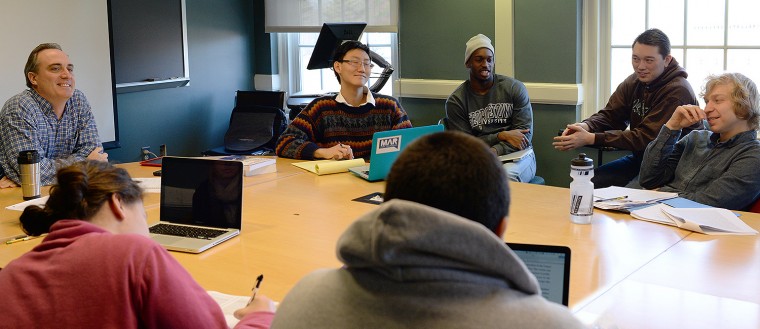
Wesleyan’s Winter Session, held Jan. 6-19, provides students with an opportunity to take a full-semester course in only two weeks. Students completed reading and writing assignments before classes started.
Classes meet five hours per day.
Indira Karamcheti, associate professor of American studies, is teaching ENGL246: Personalizing History. Students participate in daily memoir reading and writing, and question how they are shaped by their historical times and places. Students construct narratives about our times and selves in a series of writing workshops. They discuss memory itself, childhood, place and displacement, language, loss/trauma/melancholia/nostalgia, self-invention or transformation, family and generational differences. The class engages with these topics in the analysis of the readings and also in the writing of memoirs.
Photos of the Personalizing History class are below:
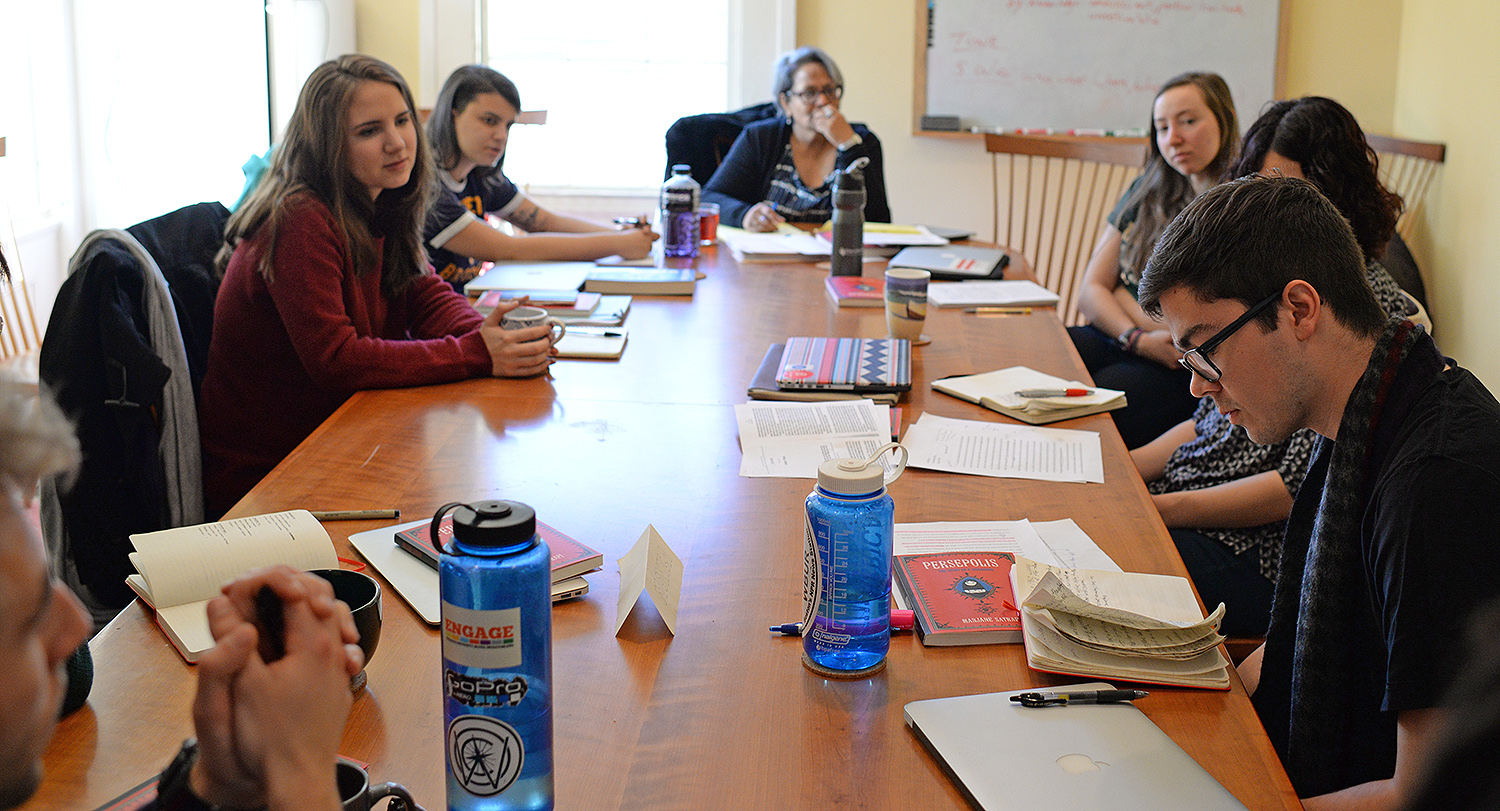
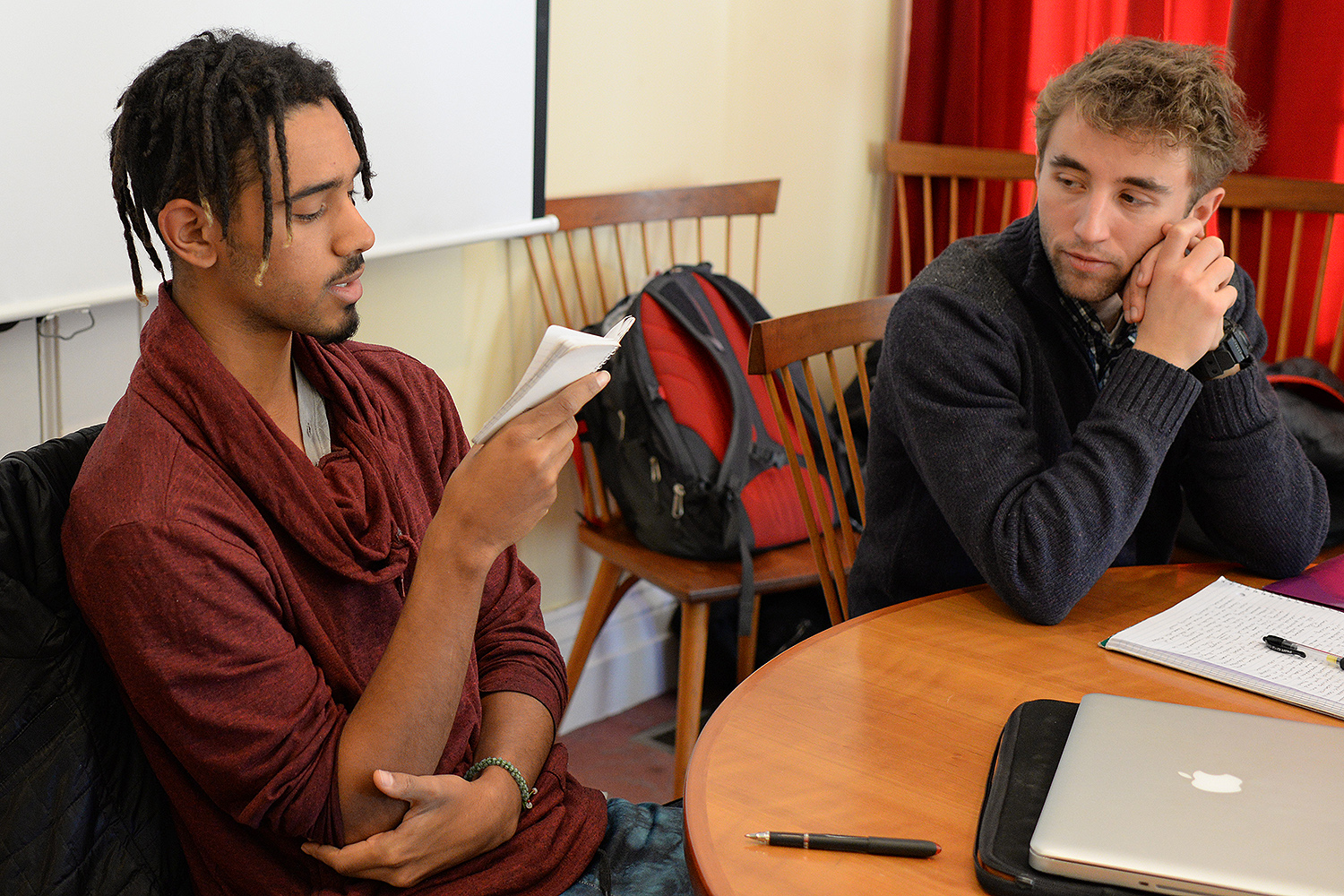
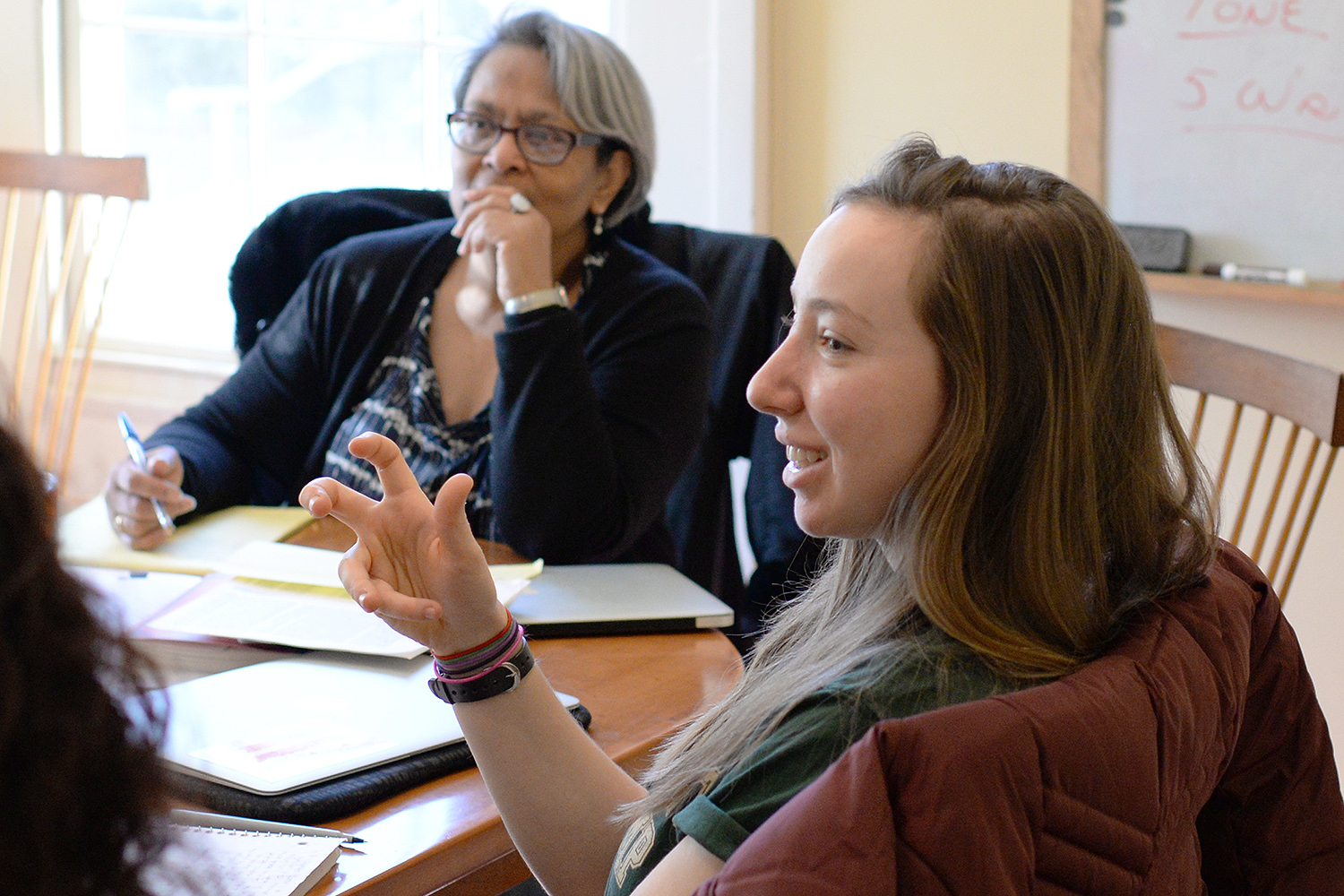
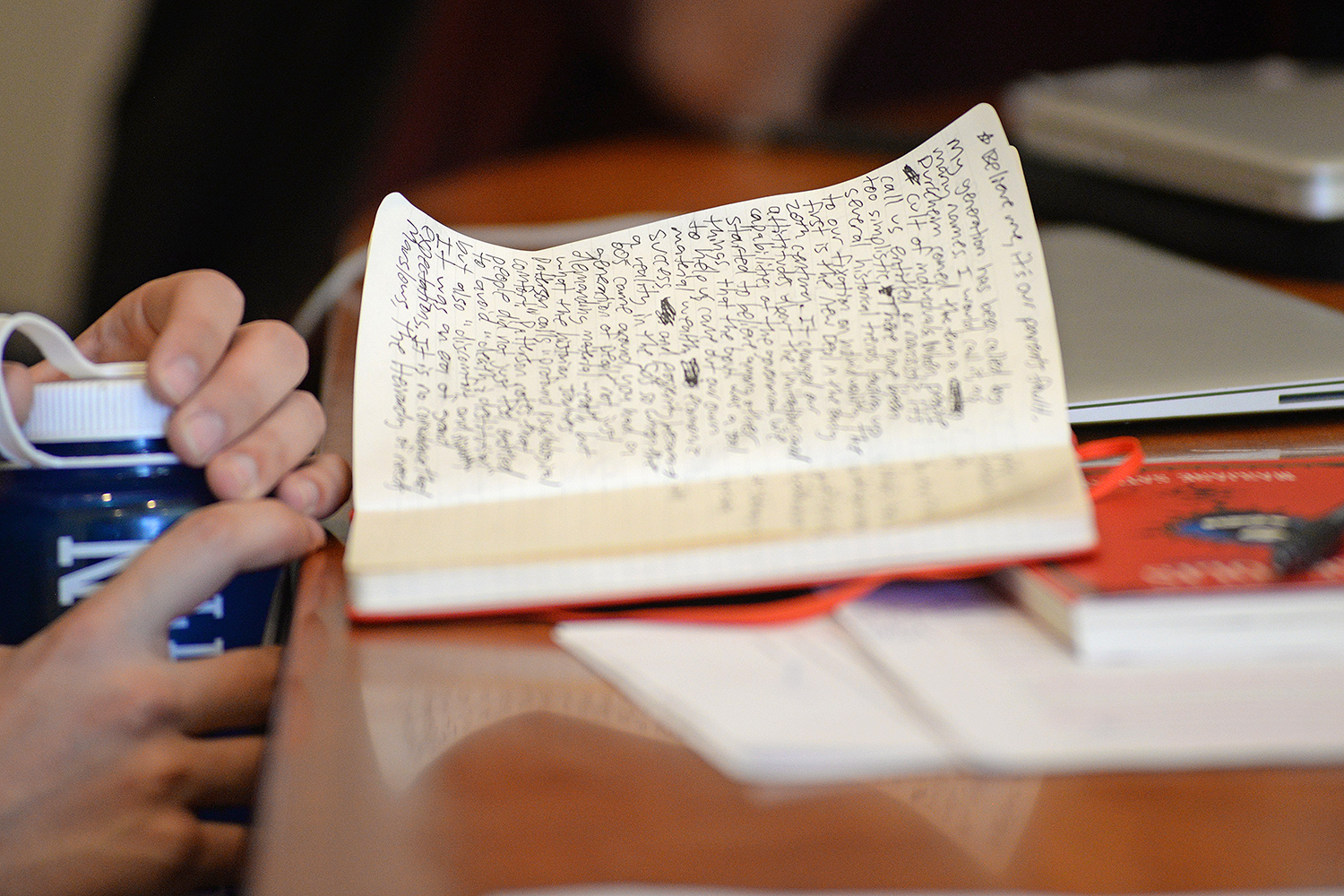
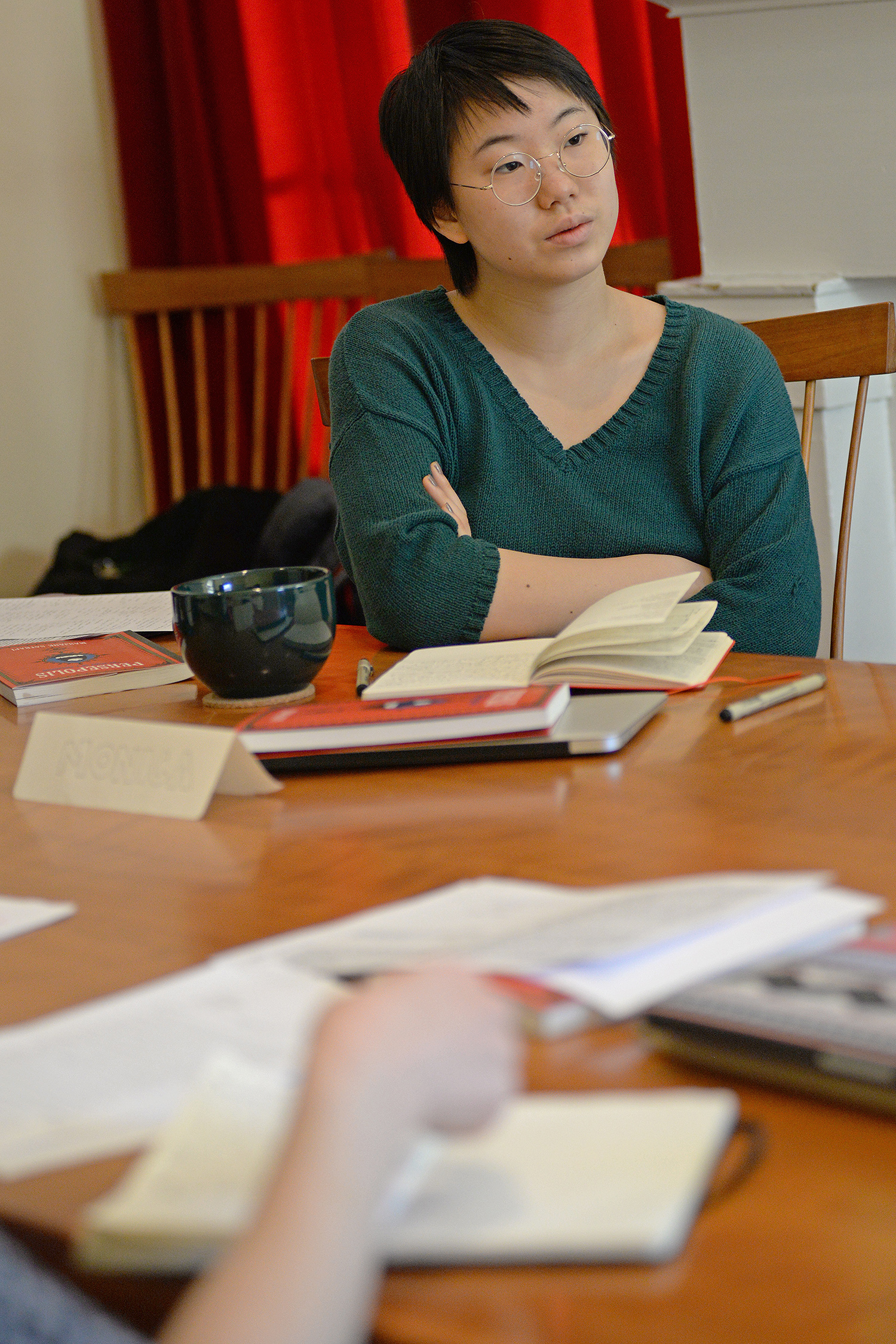
Christopher Chenier, digital design technician and visiting assistant professor of art, is teaching ARST490: Introduction to Digital Arts. The class, which is held in the Digital Design Studio, introduces students to the digital arts, an area of creative practice encompassing computer-based art forms from graphics to cutting-edge digital fabrication tools. While developing the critical and methodological tools to engage problems in our digital culture, students acquire the practical skills necessary to create and communicate digitally. They participate in workshops in image editing, graphics, layout and type.
Photos of the Digital Arts class are below:
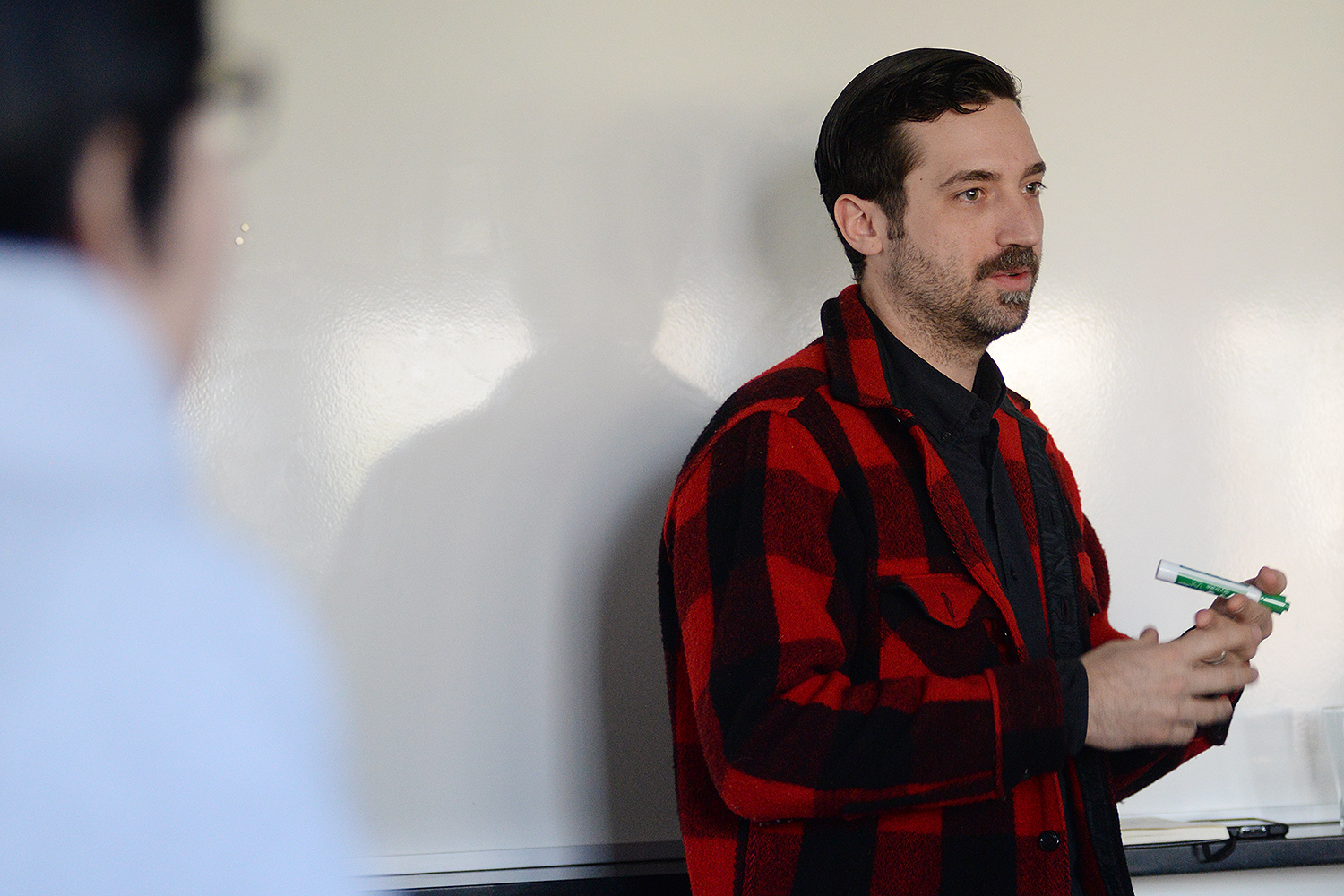
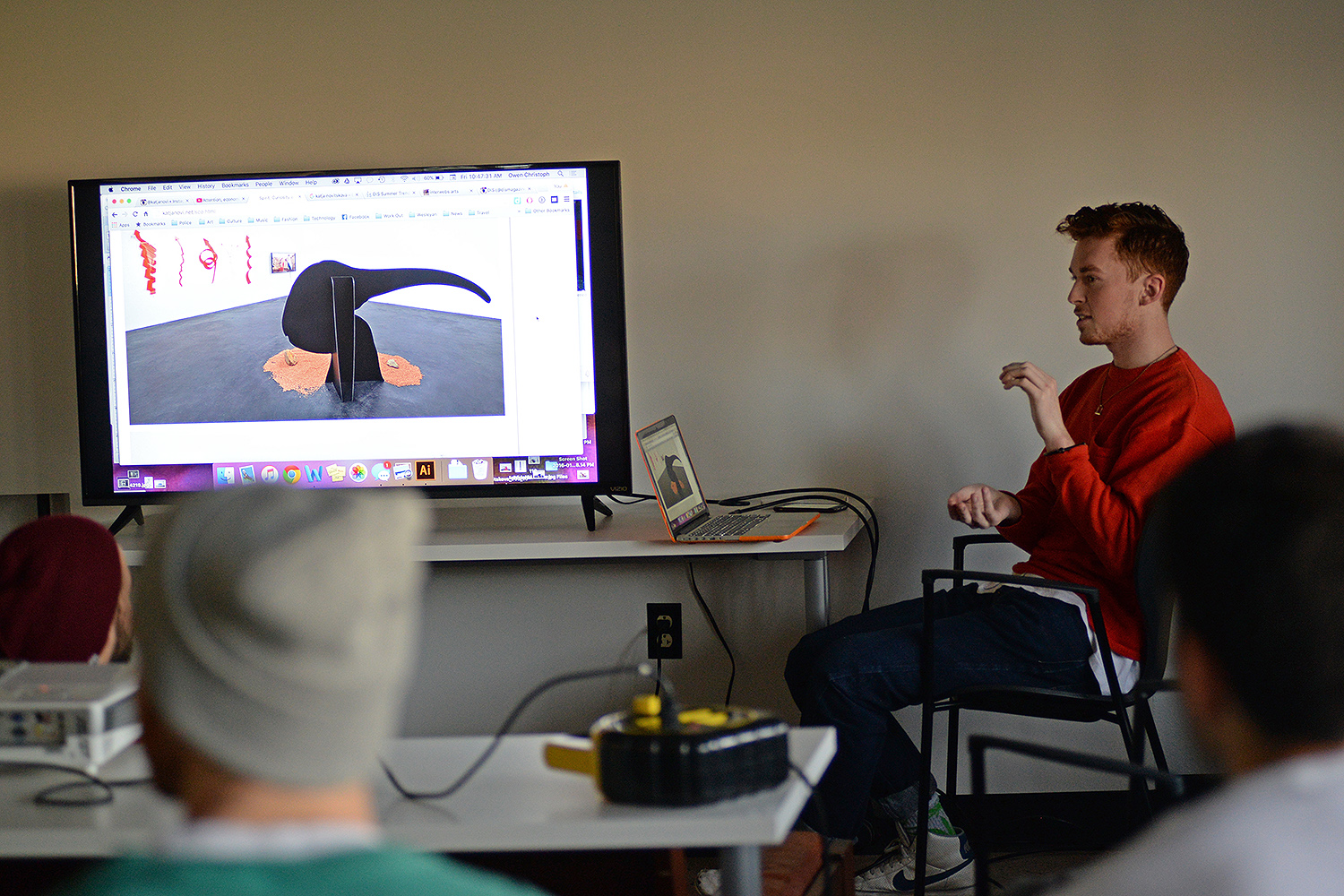
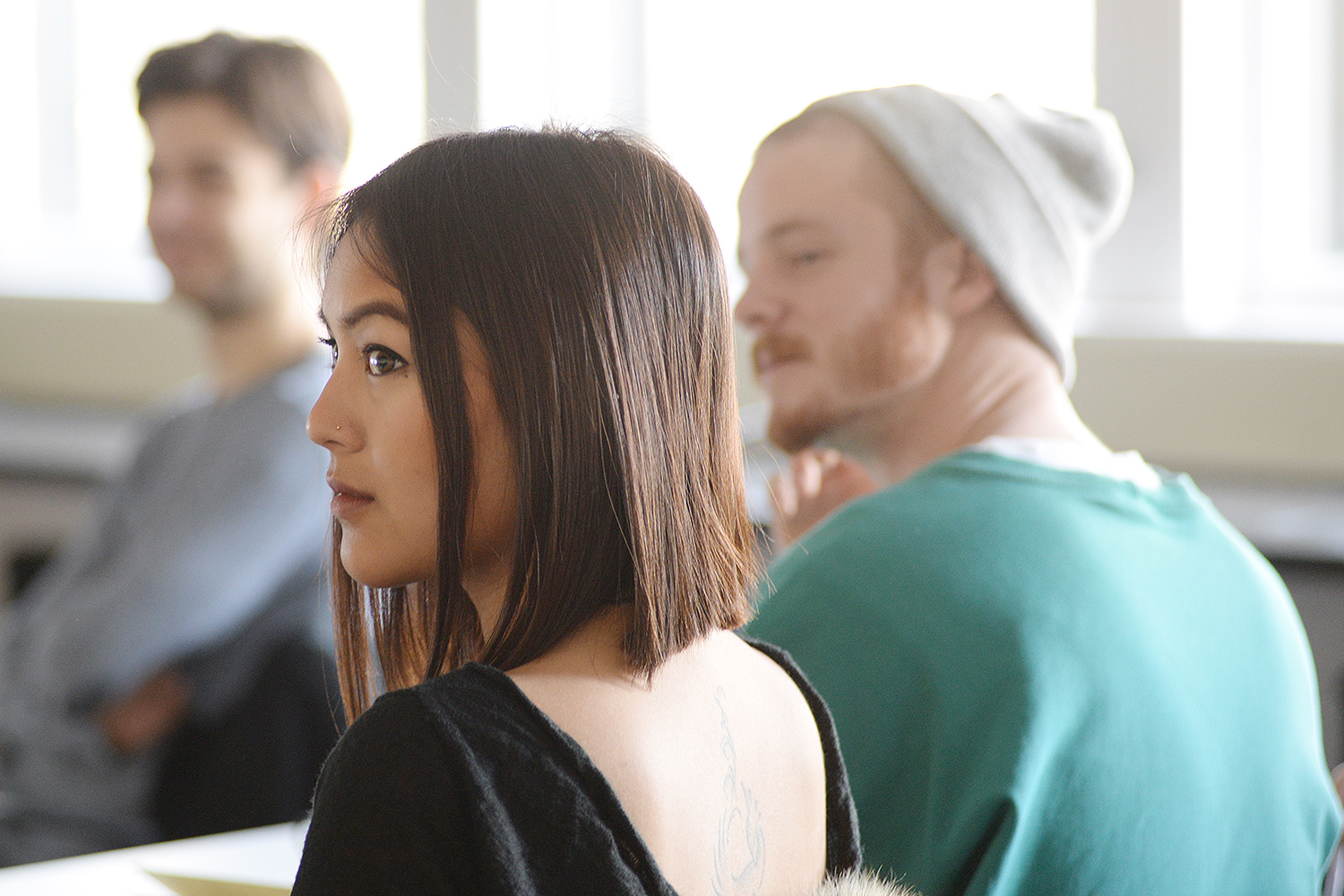
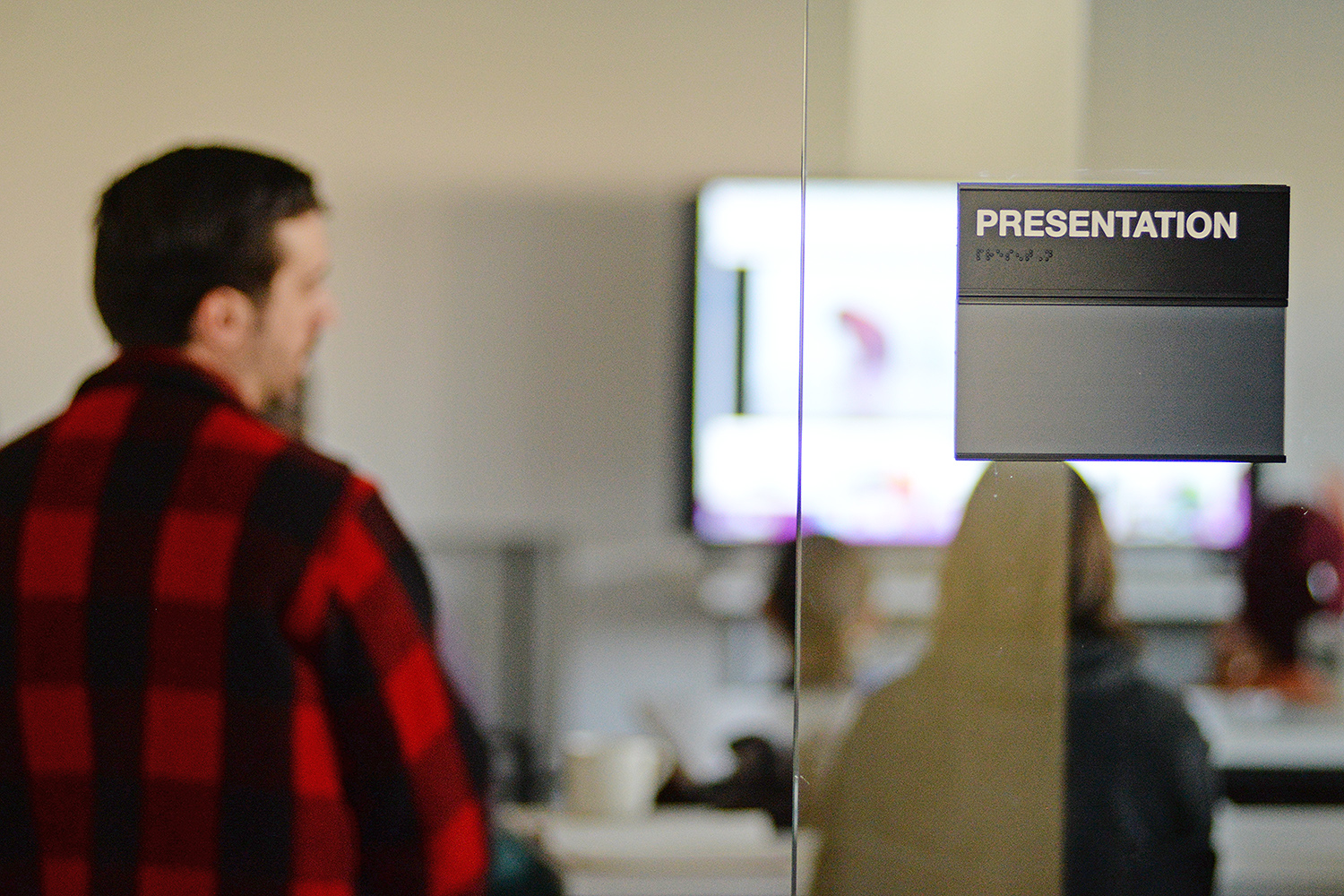
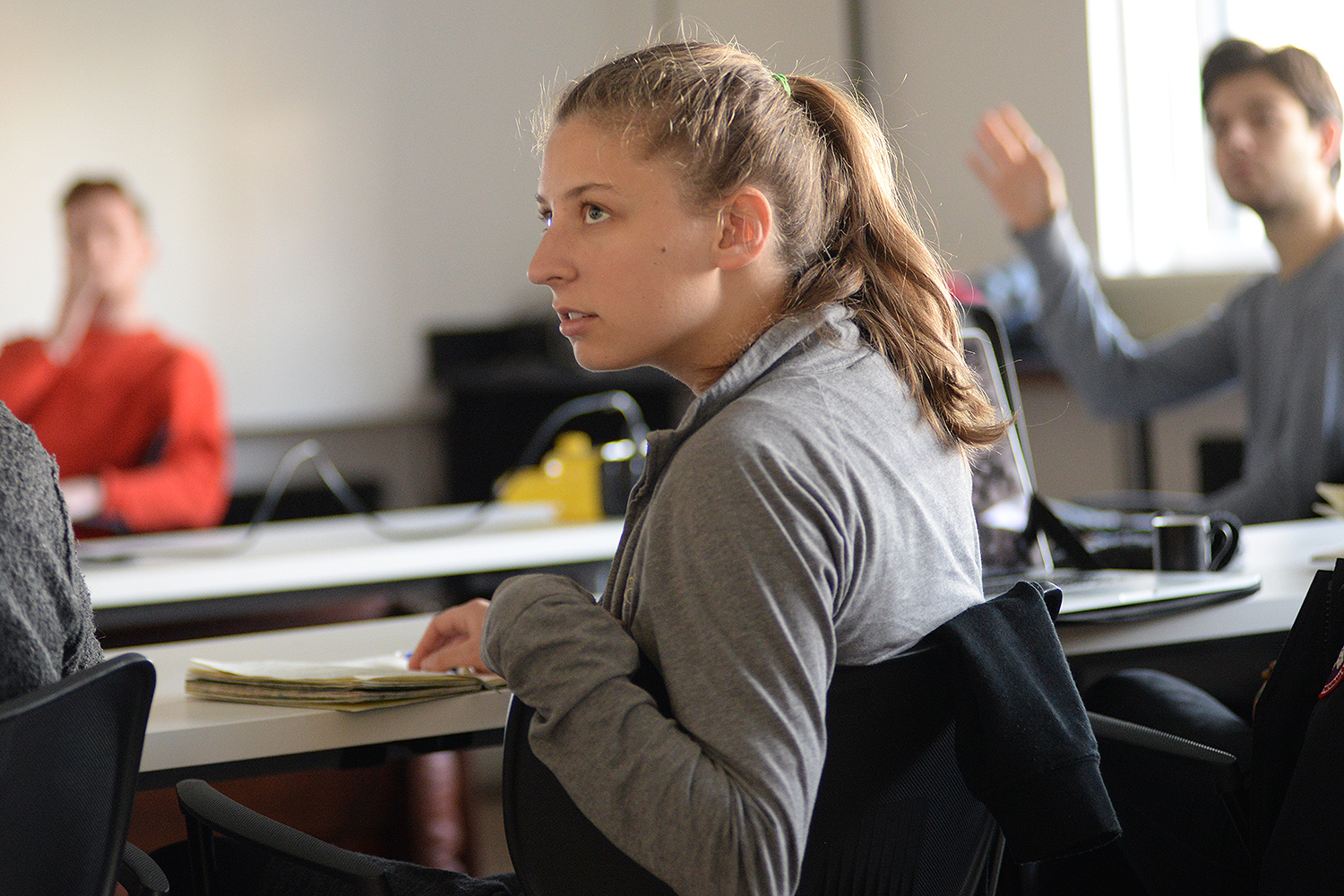
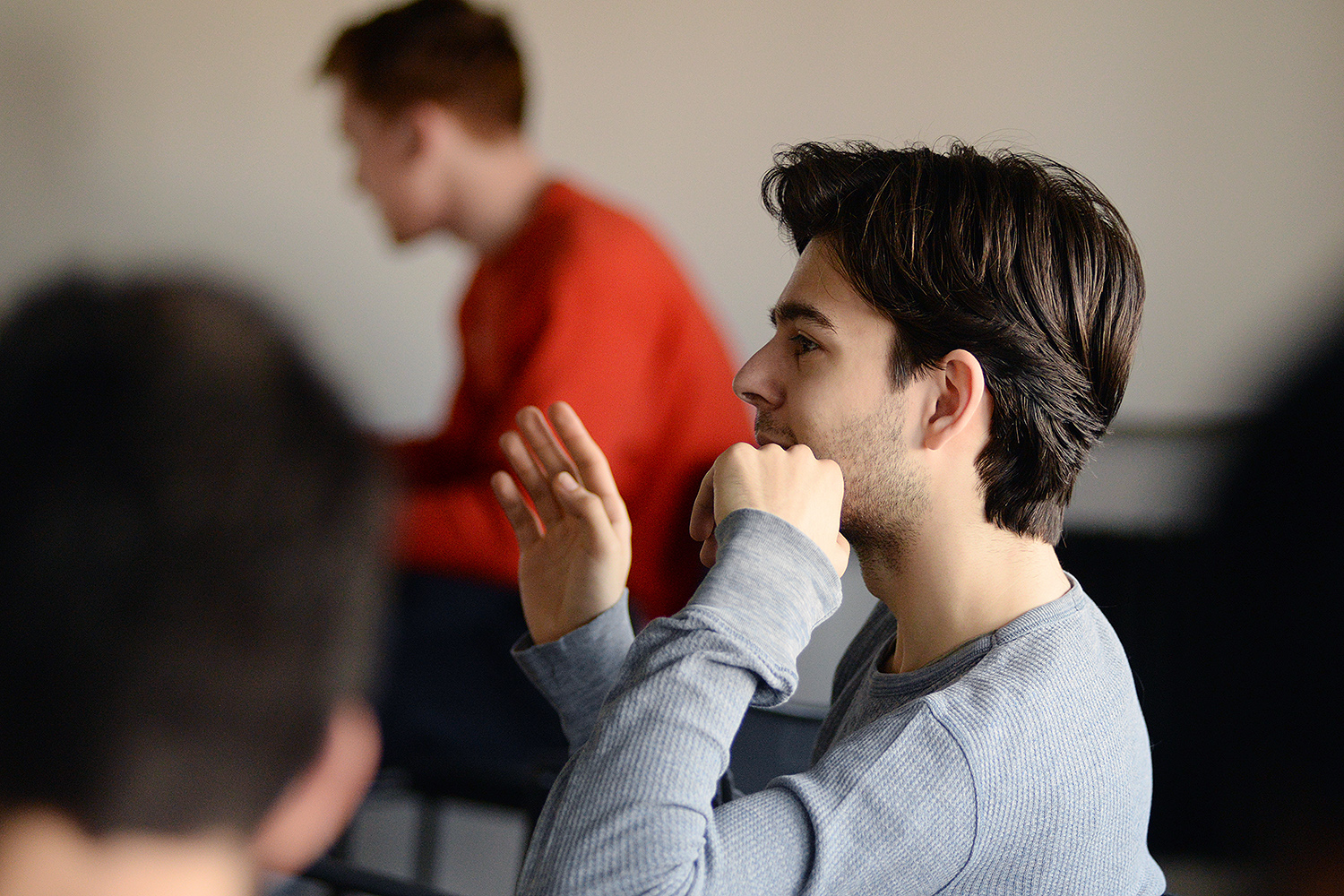
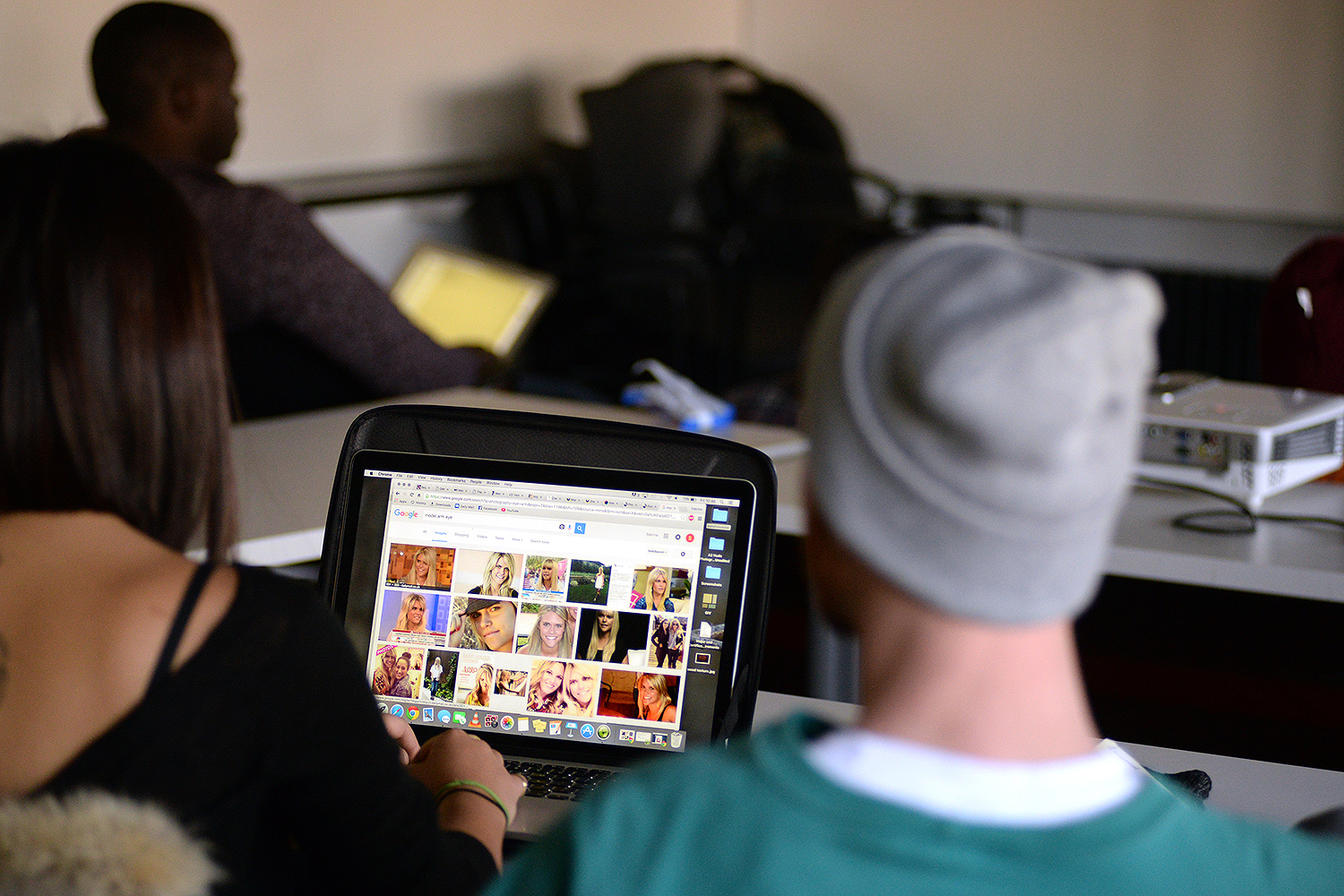
Douglas Foyle, associate professor of government, is teaching GOVT311: U.S. Foreign Policy. This course provides a survey of the content and formulation of American foreign policy with an emphasis on the period after World War II. It evaluates the sources of American foreign policy including the international system, societal factors, government processes, and individual decision makers. The course begins with a consideration of major trends in U.S. foreign policy after World War II. With a historical base established, the focus turns to the major institutions and actors in American foreign policy. The course concludes with an examination of the challenges and opportunities that face current U.S. decision makers.
Photos of the U.S. Foreign Policy class are below:
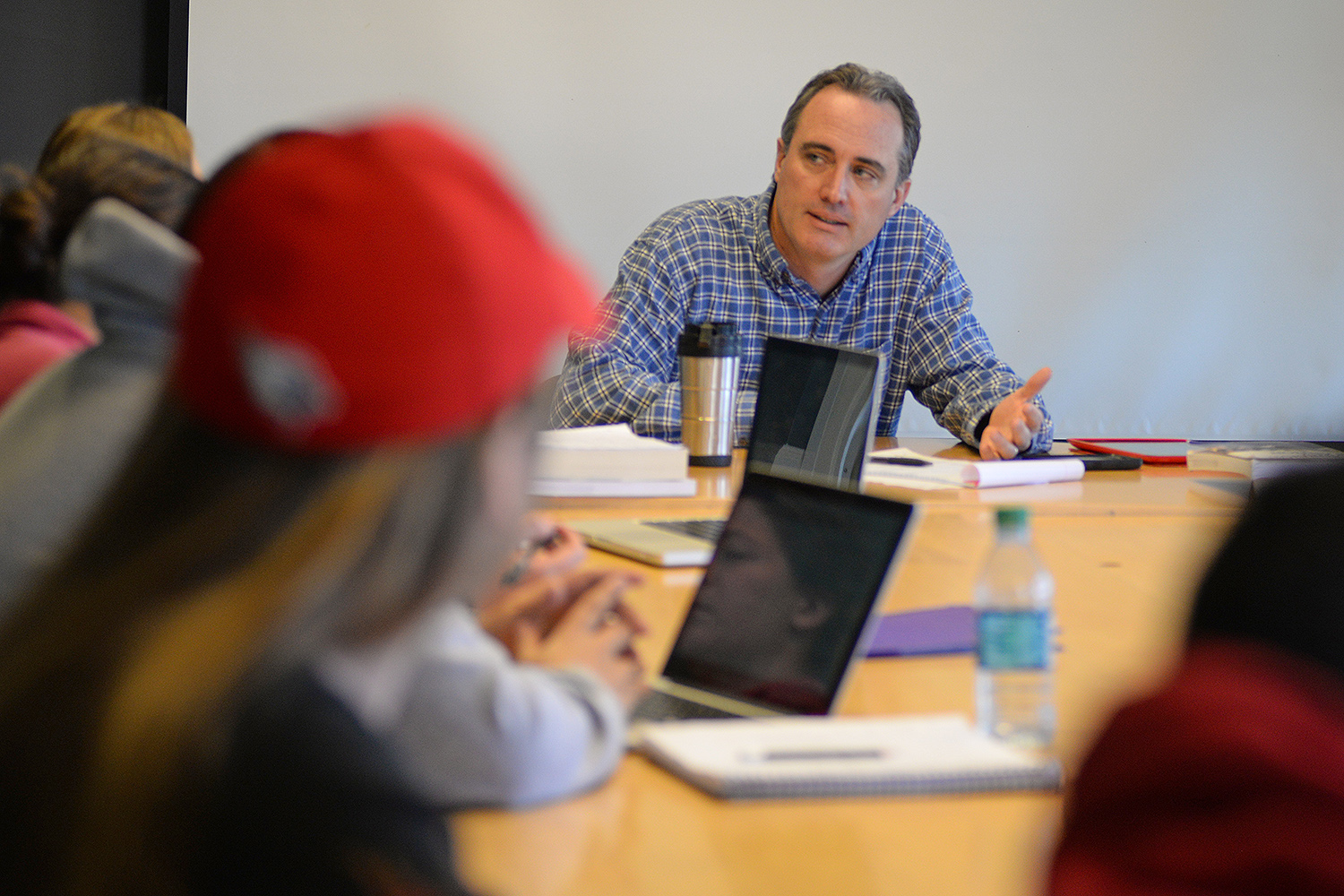

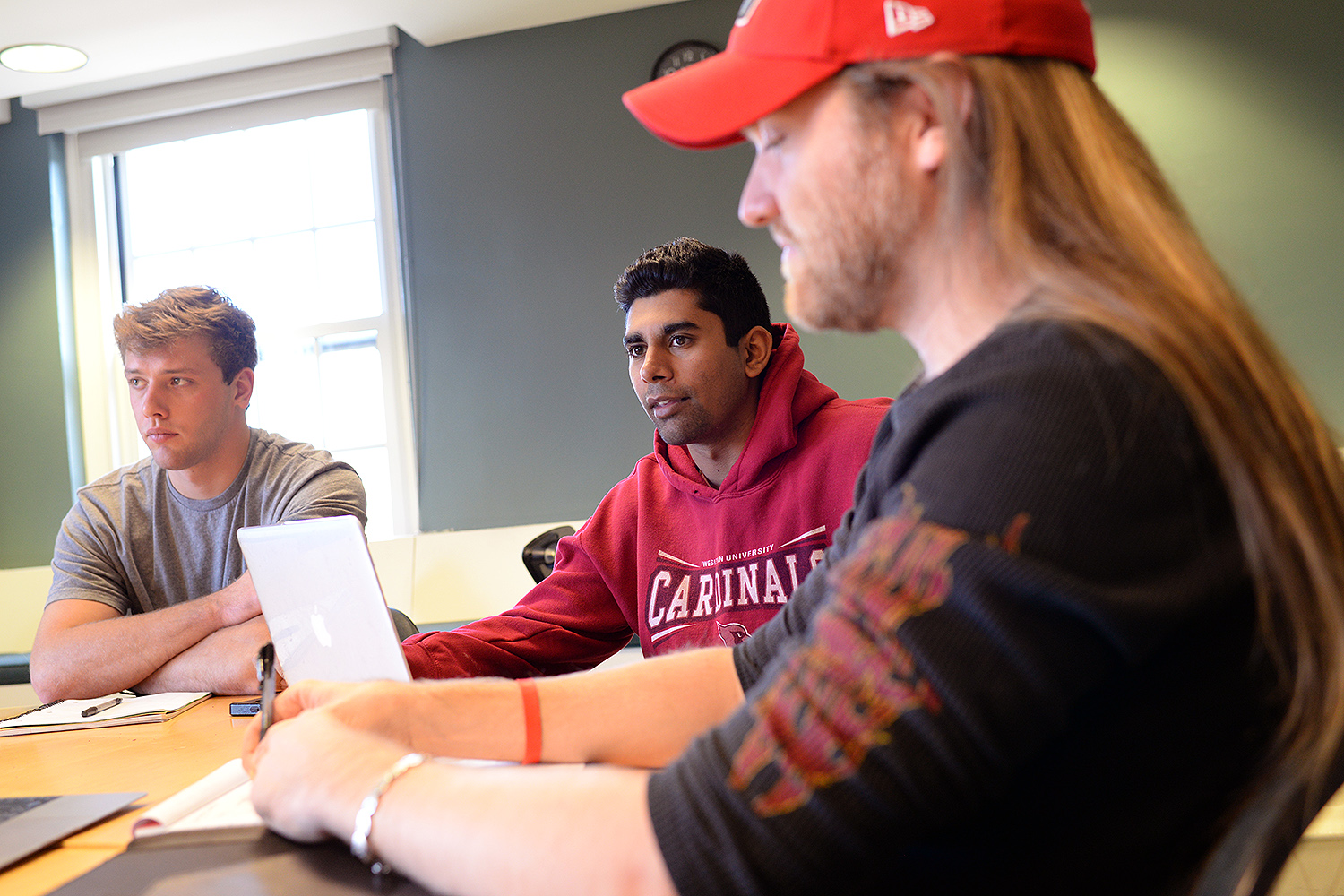
Other classes taught during Winter Session 2016 include: COMP112: Introduction to Programming; ASTR111: The Dark Side of the Universe; ENGL234 Jane Austen and the Romantic Age; and QAC 201/SOC 257/GOVT 201/PSYC 280/NSB280: Applied Data Analysis.
(Photos by Olivia Drake)

